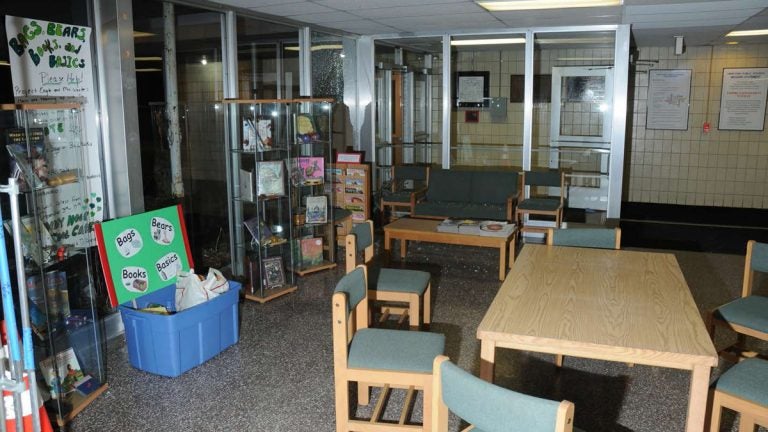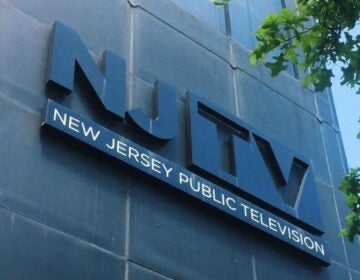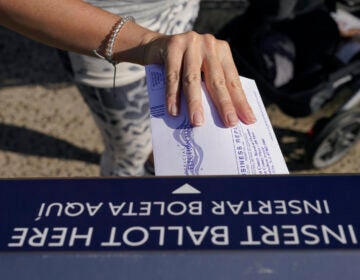Report: Safer schools will cost more money

Police investigation photo of a classroom at Sandy Hook Elementary School. (AP Photo/Connecticut State Police)
What it is: The New Jersey School Boards Association yesterday released the final report of its task force on school security, titled “What Makes Schools Safe.”
The report details the results of a survey of nearly half of the state’s school districts since the 2012 shooting at the Sandy Hook School in Newtown, CT.
The vast majority of respondents are taking at least some steps to improve security. The report also offers a long list of 45 recommendation for further improvements.
What it means: The report brings new attention to school security, as the nation nears the second anniversary of the Sandy Hook shooting where 20 children and six adults were killed. It focuses on key areas that include security personnel, hardware like cameras and alarms, staff training, safety drills, communications, and school climate. But the report makes clear that few of the improvements come cheap, especially personnel and hardware.
The task force: The school boards association’s task force was made up of nearly a dozen school board members and staff, and chaired by former association president Raymond Wiss and vice president Donald Webster. Over eight meetings, the group also tapped educators, law enforcement and security officials, academic experts, and state officials.
School survey: The effort included a survey of every district in the state, in which 273 districts — close to half — responded. Of those, 85 percent said they had made changes in their school security since the Sandy Hook shootings. Two-thirds were technological upgrades and almost half made architectural changes to their buildings. Nearly a third added security personnel.
No consensus on personnel: The focus of attention after Sandy Hook was whether to put additional police or other personnel in schools, and the report makes recommendations favoring the use of police “school resource officers.” But it stops short of saying every school should have such staffing, calling that a local decision, and raises strong reservations against the use of non-police security staff or even retired police.
The costs: About a quarter of districts surveyed said they would employ additional personnel if they could afford them. The report said the addition of school resource officers would cost between $88,000 and $150,000 per person.
Hardening schools: The report lays out a lengthy list of options concerning architectural and technological changes, including building secure vestibules at the entrance of schools and adding secure locks on schools doors, both external and to individual classrooms.
The costs: Cost is a barrier for a large number of surveyed schools, and the report lists the individual price tags of a variety of technological and architectural measures.
Bulletproof glass — $300 per square foot
Classroom door locks — $350 per door
Door contacts/entry buzzers — $2,000 per door, plus software.
Entryway redesign — $50,000 to $100,000.
Identification badges — $1,000 or less.
Metal-detecting handheld wands — $250 to $1,000 per unit.
Surveillance cameras — $2,500 per unit (from $150,000 to $250,000 for a complete system)
Low-cost measure: Among the recommendations is the use of a clear “ballistic film” to coat windows at key entry points to prevent glass from shattering. “A shatterproof shield, which would prevent the type of entry that took place in Newtown, would cost approximately $10 to $16 per square foot installed,” the report read.
Focus on climate: The report puts special attention on building stronger school climate and culture through a variety of means, from formal support and counseling programs to heightened attention among staff for at-risk students.
________________________________________________
NJ Spotlight, an independent online news service on issues critical to New Jersey, makes its in-depth reporting available to NewsWorks.
WHYY is your source for fact-based, in-depth journalism and information. As a nonprofit organization, we rely on financial support from readers like you. Please give today.




